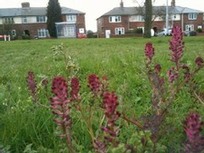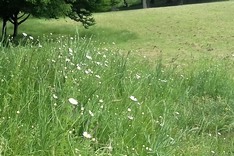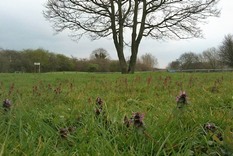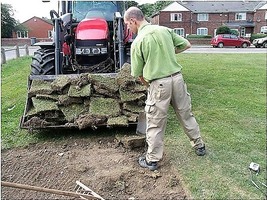

Biodiversity
Action
Plan
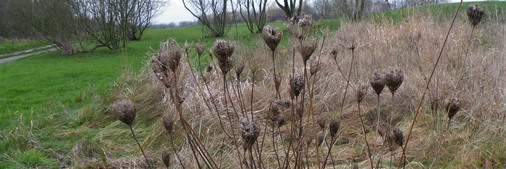
Enhancing parks with areas of wildflower-rich grass can be achieved over-time by leaving areas of grass unmown longer to allow flowering plants to grow, flower and set seeds. This can happen if the plants or their seeds are already present or seeds come in from nearby areas. But the fertility of the soil needs to be low and a thick ‘thatch’ of accumulated dead grass will stop flowering plants growing from seeds.
Allowing the grass to grow, cutting late in the growth season, and removing all the mown grass afterwards, removes nutrients, lowers the soil fertility, and prevents the formation of a ‘thatch’ of dead grass. Scarifying to remove the existing ‘thatch’ may be needed. Over some years, wildflowers should naturally increase.
Wild flower-rich grass in parks attracts a greater number and variety of insects like bees, butterflies and hoverflies by providing pollen and nectar, as well as food-plants. It also provides more insect and seed food for birds and other wildlife. Flower-rich areas are also appreciated by park visitors..
Thinly seeding with a wild flower seed mix after scarifying, and/or planting with plugs, will help give a faster, more extensive increase in wild flowers.
However for better results, turf and some top-soil need to be removed to bring soil fertility right down and give good conditions for seeds.
A ‘meadow’ seed-mix of flowers and fine grasses of local provenance can then be sown, and plugs planted, on the reduced nutrient sub-soils.
Thin sowing gives more open vegetation and flowering plants a better chance. These wildflower meadows take time to become established. They need annual maintenance with appropriate mowing, and control of rampant species.
A two-cut management approach is ideal for suppressing coarse grasses and encouraging wild flowers, reducing the management burden over time. If resources only allow one cut then it should be late in the summer, in August or September.
Typically two cuts a year, one no later than April and the other in August- give good results. Timing depends on the known flower species present. In appropriate areas more cuts or ideally grazing may be required, ending early in the new year.
NB. Some sites may have remnant semi-natural flower-rich grassland. It is important that this is conserved and not swamped by seeding or planting with plants that might out-compete the original plant community.
See Verges Link for more information and links to Plantlife advice.
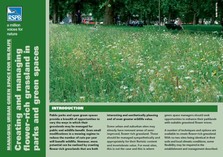
RSPB’s advice note:
Also in RSPB urban advice pack
In summary:
- Identify the areas which give opportunities for flower-rich grassland.
- Reduce soil fertility over a few years*, by cutting long grass late in the season and removing mown grass
- Remove ‘thatch’ by scarifying
- For an earlier impact, thinly sow a wild flower grass seed mix and then roll and/or use plant plugs. [Use seeds or plugs of local native provenance]
OR
- Reduce soil fertility & remove ‘thatch’ by stripping off the turf and inverting the soil
- In Autumn thinly sow a wild flower grass seed mix of local native provenance, and roll in
- Mow early on in the first year to allow flowering plants to establish, not just grasses
- Delay the main cut each year to allow flowering plant seeds to fall and set, [mid-July to September for summer flowering plants]
- Do later cutting in some places to benefit invertebrates etc.
- Always collect and remove substantial mowings
- Other cuts if required may take place after the main cut but ending no later than April.
For flowers in short grass
- Mow if necessary until April and after flowering/seeding period. Maintain at ~8-10cm
- Some small suppressed plants will flower between cuts in short grass when mowed once every four weeks to ~3-5cm
RHS: meadow establishment
RHS: meadow maintenance
Buglife: community meadow
Flower-rich Amenity Grassland
Ground preparation by turf-stripping in NIA
